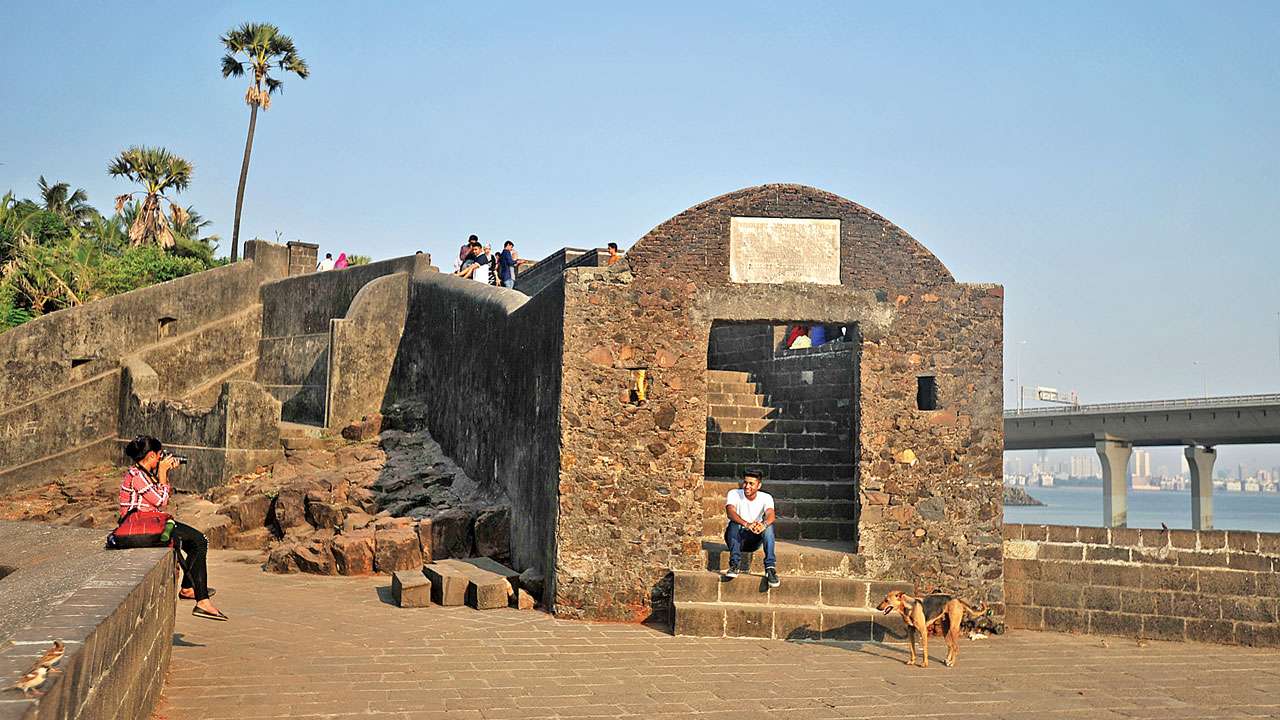
While in Australia some time back, I noticed how in small and little ways, local history had been made available for the people to see, touch, read and sometimes even experience! You walk past the mint, and a poster beckons – a visit to the old parts of the mint, preserved as they were in the nineteenth century.
Inside, simple info posters or television screens had information for you to read or see ; and before you know it, you have a small piece of Australian history in your head! Similar was the case with a newly built bridge – a small plaque explained why this bridge was necessary – a small piece of history about a flood that had happened a hundred years ago. There are easily available pamphlets telling you about historical places to go to in the vicinity.
A simple walk around the old areas of Melbourne will give you plenty of information about it. The same can be said of many places in the West. Sadly, the same cannot be said of Indian cities – far older and richer in heritage! A beautiful old building could be standing right in the middle of the city, but you cannot know anything about it unless you have the curiosity and inclination to search it on Google. Then again, a search engine may not be able to tell you everything.
There is something uniquely charming about knowing the history of your own city, which is popularly portrayed by old photos and video clips showing Mumbai or Delhi as they were a hundred years ago.
Anyone living in the vast concrete jungles of today finds it amusing that his or her city, which now stretches for twenty miles, was once confined to just a few square kilometres. Local histories give us a peek into urban life of yore – and make us wonder at how some problems were quite different, while some problems are faced even today by city planners! Cities today do not need a fortification around them (speaking of which, how many city dwellers of Mumbai or Pune know of the fortification that once surrounded these cities?) since they have outlived their utility. But the problems of water supply, accommodation and transport troubled city planners right from ancient times.
A look at your local history will tell you how people devised various methods to skirt these problems through various ages, for example: a) the Katraj Aquaduct at Pune or the Railway lines in Mumbai; b) The rail network of Mumbai – with stations over a hundred years old. But for a few walking history tours and a couple of plaques at CST, one would never know anything about it. I chanced upon an excellent book on this topic – “Halt Station India” by Rajendra B Aklekar – and I could follow the bustling local train from its origins at Boribunder to the marsh lands at Kurla to the unpopulated and open areas of Andheri and Borivali! These are just two of the many examples that can be cited.
Your city’s history makes for an interesting read, because you can see the present and decide how that history’s future has panned out. Coming to books, one must say on this count, too, the record is rather wanting. Books speaking about a city’s history are few and far in between. Perhaps, it is because historians and interested people do not regard the city as an entity on the lines of an event or person – around which most books are based.
Another important reason why local history should be touched upon, especially at the school-going level, is because it is bound to create interest in the subject for children. Reams and reams of printed data and a long list of names and dates of some rulers who ruled two thousand miles away are what fill our history textbooks. Thus, the perception that history is a dry subject – disconnected from our lives – is not hard to form. But infusing local history – something that children can easily see or touch in their own city – will bring the subject alive. At a speech I gave in Pune to kids of the fifth and sixth standards, I kept them hooked by interspersing my talk with images they could recognise.
Exposing young people to a historical place has the same effect as science exhibitions and school experiments have in creating a liking for science! In fact, I myself truly developed a love of history after I began trekking in the Sahyadris and saw Chhatrapati Shivaji’s forts for myself.
The best part is – it is such a low cost activity! The structures are already there – one merely needs a nicely set up museum, or a well-written information board or a readily available booklet or book! Nowhere in Australia did I feel – heck, how is my country going to afford this?
So why not start with ourselves? Pick out your own or your favourite city and try to find maximum about it – how it came about, who built it? Who destroyed it? The whole story might be more interesting than you think!
The writer is the author of Brahmaputra — Story of Lachit Barphukan and Sahyadris to Hindukush — Maratha Conquest of Lahore and Attock